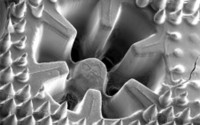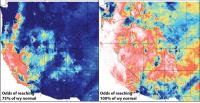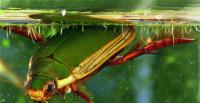Breadcrumb
News archives
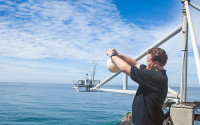
Coronavirus Global Slowdown Is Cleaning the Skies. How Long Will It Last?
Scripps Oceanography climate scientists ponder what episode tells us about global warming
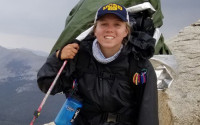
Scripps Student Spotlight: Sawyer Brand
Scripps undergraduate student fascinated by the dynamic wonders of the ocean and atmosphere delves into research with Argo floats
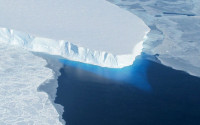
First Results from NASA’s ICESat-2 Mission Map 16 Years of Melting Ice Sheets
Team of scientists finds massive ice loss in West Antarctica

Five UC San Diego Professors Elected to National Academy of Sciences
CAICE founding director among new members
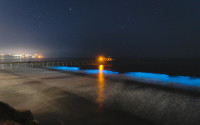
Everything You Wanted to Know About Red Tides
Bioluminescent waves spotted along the coastline, from Baja California to Los Angeles
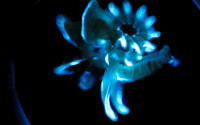
Tube Worm Slime Displays Long-Lasting, Self-Powered Glow
Marine organism’s bioluminescence could inspire new eco-friendly, long-lasting light sources

Four from UC San Diego Elected to American Academy of Arts and Sciences
Scripps Oceanography Director Margaret Leinen among the 2020 class

Scripps Student Spotlight: Karen Gutierrez
Scripps graduate student inspired by geosciences, history, and anthropology to pursue research in paleoclimatology
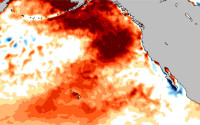
New Study Looks at How the “Blob” Came Back
Scripps Oceanography and CIRES scientists find that weak winds in the Pacific drove record-breaking 2019 summertime marine heat wave

El Niño Impacts on Southern California Estuaries Reveal Potential for More Frequent Closures
Winter storms in 2015-2016 emphasized vulnerability of estuaries that have natural, intermittent mouth closures, compared to those which stay open throughout the year
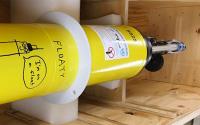
Scientific Resilience During a Pandemic
An aborted research cruise makes the most of the return journey home
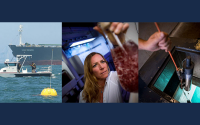
Research in the Time of COVID-19
Despite a deserted campus, some essential Scripps research programs carry on


Deep Sea Anti-Cancer Drug Discovered by Scripps Scientists Enters Final Phase of Clinical Trials
Microbe from the ocean floor is a promising new treatment for glioblastoma, the cancer that killed Sen. John McCain
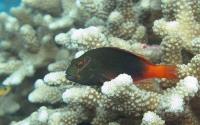
Diet Diversity: Hawkfish Species Thrive on Remote Reefs Thanks to Food Preferences
Scientists discover that species diversity of hawkfish is explained by differences in what they eat
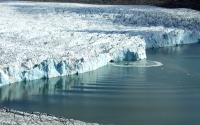
Listen Up: Scripps Scientists Use Underwater Microphones to Study Calving Arctic Glacier
Researchers develop new method for measuring glacial retreat by analyzing underwater acoustic recordings of icebergs falling into the ocean

Coastal Heat Waves Can Tax Public Health - Even Outside of Summer
Study of Southern California hospitalizations shows upticks attributable to heat driven by Santa Ana winds in fall, winter, and spring

Scripps Student Spotlight: Weiguang (Roger) Wu
Scripps undergraduate student pursues studying ocean science in the name of art

Esteemed Scripps Climate Scientist Appointed as the Edward A. Frieman Presidential Chair in Climate Sustainability
Veerabhadran Ramanthan selected as inaugural holder of faculty chair that honors legacy of late Scripps director
Pagination
Sign Up For
Explorations Now
explorations now is the free award-winning digital science magazine from Scripps Institution of Oceanography. Join subscribers from around the world and keep up on our cutting-edge research.
